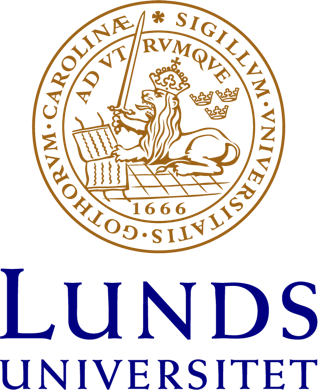The Motivations for Conceptual Structure in Language and Gesture: An Experimental Approach
Kristian Tylén (Center for Semiotics and the Interacting Minds Center, Aarhus University)
The motivation for conceptual structure in language and cognition is a hotly debated topic. Classical positions hold that human beings share a transcendental ‘platonic’ ideality independent of individual cognition and language use (
cf. e.g. Frege, 1948). Others stress immanent linguistic relations (Saussure, 1959), and yet others basic embodied structures such as the ground for invariant aspects of meaning (Lakoff & Johnson, 1999).
In this talk I propose an alternative account in which conceptual structure is motivated by four sources of structural stability: 1) the physical constraints and affordances of our surrounding material environment, 2) biological constraints of our human bodies, 3) social normative constraints of culture and society, and 4) the local history of social interactions. These structures and constraints interact in dynamical ways in actual language-use situations: local dialogical and social dynamics motivate and stabilize the profiling of a conceptual space already highly structured by our shared biology, culture, and environment (Tylén, Fusaroli, Bundgaard, & Østergaard,
in press). I substantiate the argument by reference to a number of recent experiments where pairs of participants evolve verbal and non-verbal (gestural) strategies to solve cooperative tasks under different conditions.
- Frege, G. (1948). Sense and Reference. The Philosophical Review, 57(3), 209-230.
- Lakoff, G., & Johnson, M. (1999). Philosophy in the Flesh. New York: Basic Books.
- Saussure, F.d. (1959). Course in General Linguistics. New York,: Philosophical Library.
- Tylén, K., Fusaroli, R., Bundgaard, P., & Østergaard, S. (in press). Making sense together: A dynamical account of linguistic meaning making. Semiotica.
